Asus VivoBook X415EA-BV1412W 11th Gen Core i3/ 4GB Ram/ 256GB SSD/ Windows 10 Home
The ASUS VivoBook X415EA-BV1412W is a 14-inch ultra-thin and light laptop positioned in the budget segment. It’s built for essential tasks like web browsing, document editing, video calls, and media consumption. This model prioritizes affordability and portability over performance, making it suitable for students, home users, and as a secondary computer.
Detailed Specifications Table
| Category | Specification |
|---|---|
| Model Name | ASUS VivoBook X415EA-BV1412W |
| Operating System | Windows 10 Home in S Mode (Pre-installed) |
| • Important: It will likely prompt you to switch to regular Windows 10 Home for free, which allows you to install apps from outside the Microsoft Store. | |
| Processor (CPU) | Intel Core i3-1115G4 (11th Generation Tiger Lake) |
| • Cores/Threads: 2 Cores / 4 Threads | |
| • Max Turbo Frequency: Up to 4.1 GHz | |
| • A dual-core processor that is capable for light tasks but can struggle with heavy multitasking. | |
| Graphics (GPU) | Integrated Intel UHD Graphics |
| • Handles display output and very light gaming/media. Not suitable for modern games. | |
| Display | 14-inch Full HD (1920 x 1080) LED |
| • Aspect Ratio: 16:9 | |
| • Panel Type: TN (Twisted Nematic) – This is a key point. | |
| • Bezels: NanoEdge design with thin side bezels. | |
| • TN panels offer poorer viewing angles and color reproduction compared to IPS. | |
| Memory (RAM) | 4 GB DDR4 (onboard) |
| • Configuration: Single-channel, soldered to the motherboard. | |
| • Upgradeability: Not user-upgradeable. This is the biggest limitation of this model. | |
| Storage | 256 GB M.2 NVMe PCIe SSD |
| • Upgradeability: The SSD is typically user-replaceable, allowing for storage expansion in the future. | |
| Keyboard & Input | Chiclet Keyboard |
| • Backlit: No. | |
| • ASUS NumberPad: Integrated numeric keypad within the touchpad. | |
| • Fingerprint Sensor: No. | |
| Audio | ASUS SonicMaster stereo audio system. Basic sound quality. |
| Webcam | 720p HD camera |
| Connectivity | • Wi-Fi 5 (802.11ac) |
| • Bluetooth 4.1 | |
| Ports & Slots | • 1 x USB 3.2 Gen 1 Type-A |
| • 1 x USB 2.0 Type-A | |
| • 1 x USB Type-C (USB 3.2 Gen 1, no Thunderbolt) | |
| • 1 x HDMI 1.4 | |
| • 1 x 3.5mm Combo Audio Jack | |
| • 1 x MicroSD card reader | |
| Battery | 37Wh 2-cell Li-ion battery |
| • Power Adapter: 33W AC adapter. | |
| • Battery Life: Advertised up to 7 hours, real-world usage is typically 4-6 hours with light tasks. | |
| Dimensions & Weight | • Dimensions: ~32.5 x 21.6 x 1.9 cm (W x D x H) |
| • Weight: Approx. 1.5 kg (Light and portable) | |
| Build & Color | • Material: Plastic chassis. |
| • Color: Transparent Silver (as indicated by the ‘W’ in the model number). |
Key Features & Limitations Explained
-
4GB Soldered RAM: This is the most critical limitation. Modern operating systems and web browsers are memory-intensive. With 4GB of non-upgradeable RAM, the system will feel slow when multiple tabs or applications are open, and it will rely heavily on the SSD for virtual memory (swapping), which can slow things down further.
-
Intel Core i3-1115G4: A capable dual-core CPU for its class. It is efficient and can handle basic tasks smoothly. However, its 2-core design is a bottleneck for any form of heavy multitasking or more demanding applications.
-
TN Display: The use of a TN panel instead of an IPS panel means colors will shift and look washed out when viewed from angles other than straight on. The 1920×1080 resolution is a plus, but the panel technology is a cost-saving measure.
-
NVMe SSD: The inclusion of an NVMe SSD is a significant positive. It ensures the system boots quickly, applications launch fast, and the overall “feel” is much more responsive than a laptop with a traditional Hard Disk Drive (HDD).
Performance & Use Cases
-
Suitable For (Ideal User):
-
Web Browsing: Checking emails, social media, reading news.
-
Microsoft Office: Word, Excel, PowerPoint for school or basic work.
-
Video Conferencing: Zoom, Microsoft Teams calls.
-
Media Consumption: Streaming YouTube, Netflix, and other videos.
-
Students: For taking notes, online research, and writing papers.
-
-
Not Suitable For:
-
Heavy Multitasking: Having many browser tabs open along with other applications will cause significant slowdowns.
-
Gaming: Cannot run modern games. Only very light, old, or cloud gaming (like Xbox Cloud Gaming) is possible.
-
Photo/Video Editing: The limited RAM, dual-core CPU, and basic integrated graphics are not suited for creative work.
-
Programming/Software Development: Will struggle with IDEs and running multiple services.
-
Pros and Cons
Pros:
-
Affordable entry-level price point.
-
Lightweight and portable design.
-
Fast NVMe SSD provides a responsive experience for basic tasks.
-
Full HD (1080p) resolution is good to see on a budget laptop.
-
USB Type-C port adds modern connectivity.
Cons:
-
Only 4GB of non-upgradeable RAM is a severe limitation for future use.
-
TN panel display has poor viewing angles and color quality.
-
Dual-core processor struggles with anything beyond basic tasks.
-
No backlit keyboard.
Final Verdict
The ASUS VivoBook X415EA-BV1412W is a strictly budget-oriented laptop for users with very minimal computing needs.
Its biggest drawback is the 4GB of soldered RAM, which severely limits its multitasking capability and long-term usability. The TN display is another significant compromise.
Recommendation: This laptop is a “get-what-you-pay-for” device. It is acceptable if your budget is extremely tight and your tasks are limited to one or two simple applications at a time. However, if you can stretch your budget to a model with 8GB of RAM and an IPS display, it would be a much wiser investment for a smoother and more future-proof experience.

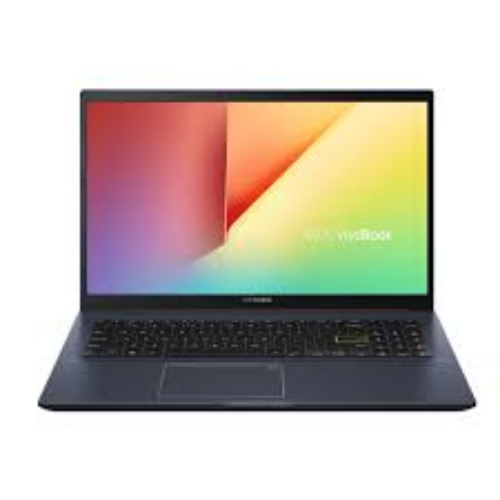
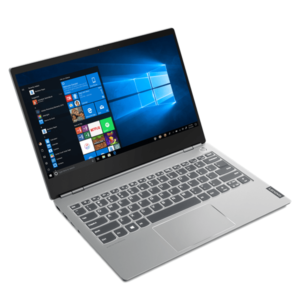
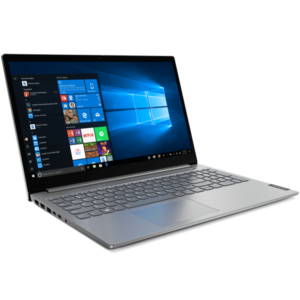


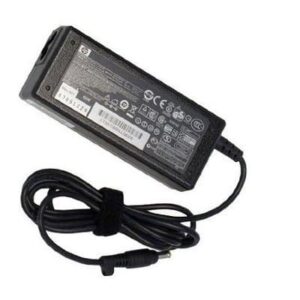
 No products in the cart.
No products in the cart. 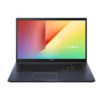
Reviews
There are no reviews yet.